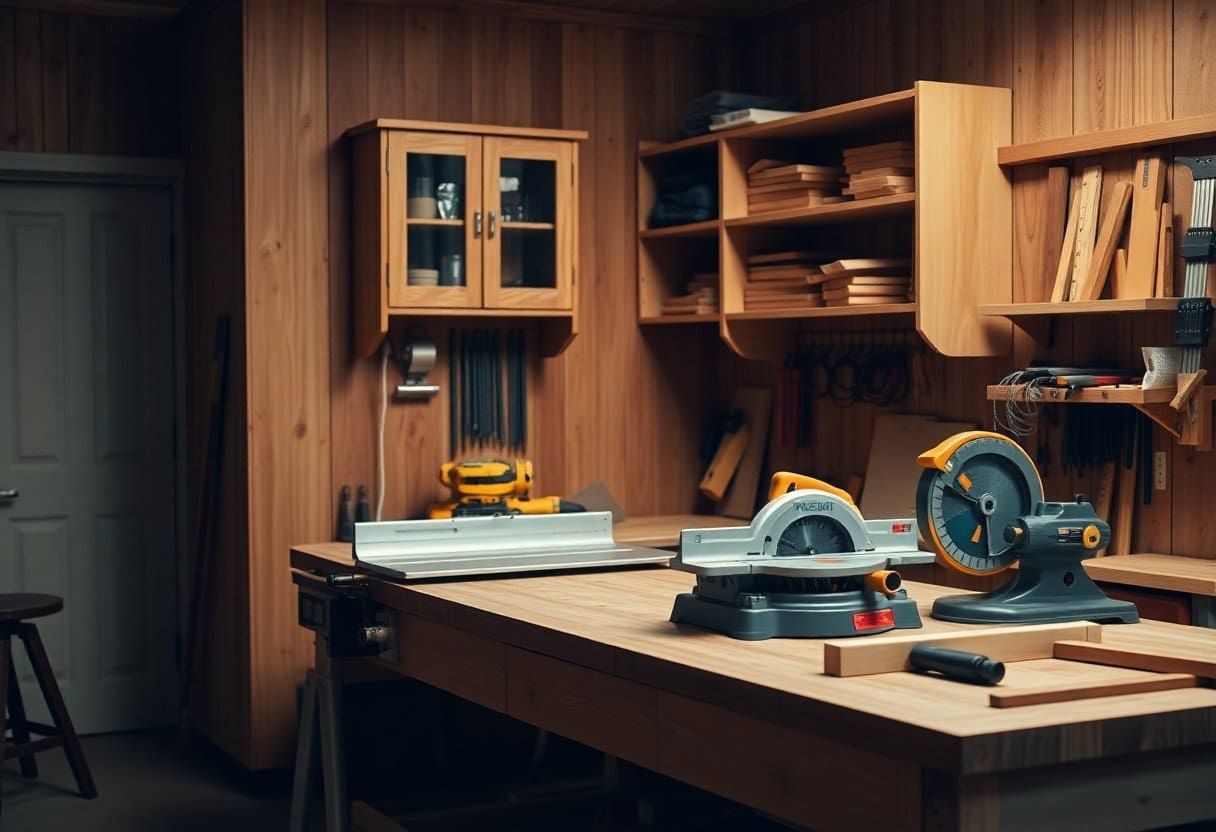With the right saws, you can elevate your cabinet making projects and achieve the professional results you desire. The precision and quality of your cuts significantly impact the overall appearance and functionality of your cabinetry. Using appropriate tools tailored for the tasks at hand ensures that your craftsmanship shines through. In this guide, you will explore the best saws for cabinet making, helping you make informed decisions for your workshop.
First and foremost, a table saw is a staple for any cabinet maker. This power tool provides unparalleled accuracy and control, allowing you to make clean, straight cuts quickly. Look for a table saw that features an adjustable fence system for easy measurements and repeatable cuts. A high-quality blade, such as a fine-tooth carbide blade, will enhance performance by producing smoother edges, reducing the need for sanding. With a reliable table saw in your arsenal, you’ll find that ripping sheets of plywood or solid wood becomes both efficient and enjoyable.
In addition to a table saw, a circular saw is an excellent addition to your toolkit. This portable tool is especially useful for cutting larger sheets of material that may be difficult to maneuver on a table saw. Make sure to invest in a high-quality circular saw with a powerful motor and adjustable depth settings for diverse cutting needs. Using a guide rail will enhance your cuts’ precision, reducing the likelihood of errors. This versatile tool can also be used for bevel cuts, enhancing your design possibilities.
For intricate and detailed work, a jigsaw should not be overlooked. This tool is perfect for making curved cuts and intricate shapes in wood or plywood. When deciding on a jigsaw, look for one that offers variable speed settings and quick blade changes for added convenience. Using a fine-tooth blade instead of a standard one will help you achieve cleaner cuts, particularly in veneer or delicate materials. A jigsaw’s versatility allows you to tackle complex designs that others may shy away from.
Don’t forget about the important miter saw as well. This saw is ideal for making precise crosscuts and angled cuts for joinery, such as picture frames or trim work. A compound miter saw can tilt in one or two directions, providing flexibility when tackling different angles. Find a model with a laser guide to assist in achieving accurate cuts every time. This tool can significantly streamline your workflow, making corner joints seamless and professional.
Lastly, for detailed joinery work, consider investing in a band saw. This saw excels in making curved cuts and resawing thick lumber into thinner boards. The thin kerf of the blade minimizes waste, allowing for more efficient material use. Look for a model with a robust frame and a powerful motor that can handle the types of wood you work with. Having a band saw in your shop can provide you with the ability to create unique designs with ease.
Conclusively, choosing the right saws for your cabinet making projects can drastically improve your skills and outcomes. By incorporating a table saw, circular saw, jigsaw, miter saw, and band saw into your toolkit, you can achieve the level of craftsmanship that reflects your dedication and expertise. Investing in quality tools will ultimately enhance your projects and ensure that your cabinetry stands the test of time.




